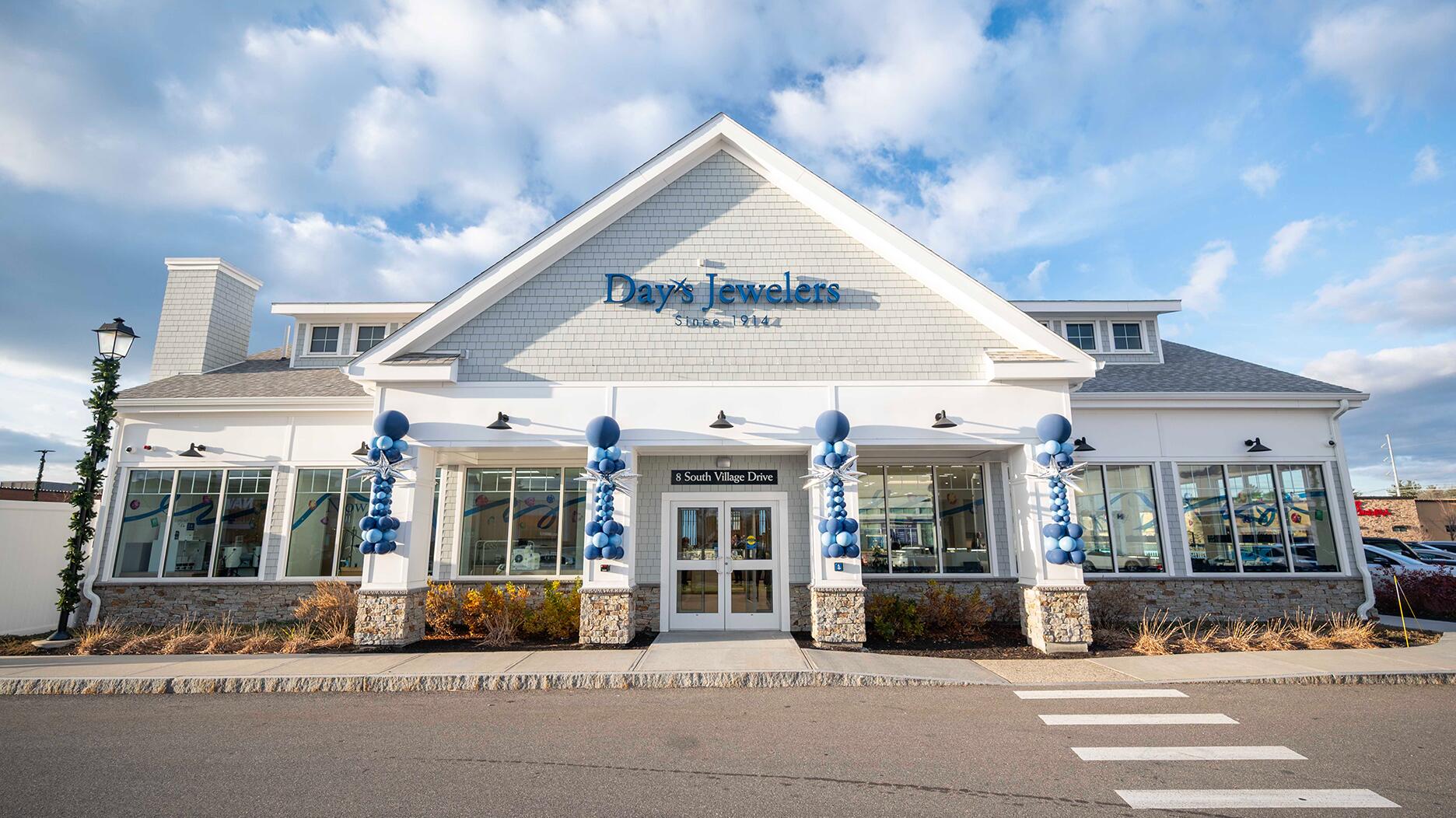The special-edition egg pendant ingested in a New Zealand jewelry store was recovered after a six-day wait.
Pew: The Middle Class is ‘Losing Ground’
After more than four decades as America’s economic majority, the middle class is now equal in size to the economic tiers above and below it.
Washington--After more than four decades as America’s economic majority, the middle class is now equal in size to the economic tiers above and below it, a new analysis of government data by the Pew Research Center shows.
According to the report, published just last week, the share of American adults living in middle-income households (defined as households with an income that is two-thirds to double the national median) has fallen from 61 percent in 1971 to 50 percent today.
The share of American adults living in lower-income households, meanwhile, now stands at 29 percent, up from 25 percent in 1971, while the percentage of adults residing in upper-income households has increased from 14 to 21 percent during the same time period. This means the share of American adults in the upper tier has increased more sharply (up by 7 percent) than the share of those falling into the lower-income tier (up by 4 percent).The rising share of adults in both households, however, is coming at the farthest points of income distribution, meaning the number of Americans who are among richest of the rich and the poorest of the poor are growing the most.
Also interesting to note is that, according to Pew, the youngest American adults (ages 18 to 29, part of the much-coveted-by-marketers millennial generation) have seen their share in the lower-income tier of society rise significantly.
“Thus, the closer look at the shift out of the middle reveals that a deeper polarization is underway in the American economy,” Pew stated.
RELATED CONTENT: Middle class problems
This polarization has not gone unnoticed in the luxury world.
Back in June, Johann Rupert, the billionaire founder and chairman of luxury goods conglomerate Richemont (Cartier, Van Cleef & Arpels, et al.), told Bloomberg he was concerned about the growing global wealth gap fueling social unrest and making the wealthy hesitant to purchase luxury goods that display their wealth.
“We are destroying the middle classes at this stage and it will affect us. It’s unfair. So that’s what keeps me awake at night,” Rupert was quoted as saying.
And, when polled by National Jeweler earlier this year about the reasons independent jewelry stores continue to close, one Pennsylvania retailer noted the shrinking middle class, which “has always been the bread and butter of the independent jeweler,” among his reasons.
To view Pew’s entire analysis, which delves into
The Latest

Associate Editor Natalie Francisco plays favorites with Piece of the Week, selecting a standout piece of jewelry from each month of 2025.

The “Love and Desire” campaign is inspired by the magic that follows when one’s heart leads the way, said the brand.

How Jewelers of America’s 20 Under 40 are leading to ensure a brighter future for the jewelry industry.

Two awardees will receive free tuition for an educational course at the Swiss lab, with flights and lodging included.


Berta de Pablos-Barbier will replace Alexander Lacik at the start of January, two months earlier than expected.

Sotheby’s held its first two jewelry sales at the Breuer building last week, and they totaled nearly $44 million.

Roseco’s 704-page catalog showcases new lab-grown diamonds, findings, tools & more—available in print or interactive digital editions.

Winners will receive free registration and lodging for its fourth annual event in Detroit.

Here are six ideas for making more engaging content for Instagram Reels and TikTok, courtesy of Duvall O’Steen and Jen Cullen Williams.

The honorees include a notable jewelry brand, an industry veteran, and an independent retailer.

Carlos Jose Hernandez and Joshua Zuazo were sentenced to life without the possibility of parole in the 2024 murder of Hussein “Sam” Murray.

Yood will serve alongside Eduard Stefanescu, the sustainability manager for C.Hafner, a precious metals refiner in Germany.

Set in a Tiffany & Co. necklace, it sold for $4.2 million, the highest price and price per carat paid for a Paraíba tourmaline at auction.

The jeweler’s “Deep Freeze” display showcases its iconic jewelry designs frozen in a vintage icebox.

Take luxury gifting to new heights this holiday season with the jeweler’s showstopping 12-carat sphene ring.

This year's theme is “Unveiling the Depths of the Ocean.”

In its annual report, Pinterest noted an increase in searches for brooches, heirloom jewelry, and ‘80s luxury.

Starting Jan. 1, customers can request the service for opal, peridot, and demantoid garnet.

The new catalog features its most popular chains as well as new styles.

The filmmaker’s personal F.P. Journe “FFC” prototype was the star of Phillips’ recent record-setting watch auction in New York.

The new location in the Design District pays homage to Miami’s Art Deco heritage and its connection to the ocean.

Inflations, tariffs, and politics—including the government shutdown—were among consumers’ top concerns last month.

“Longtime favorite” presenters, as well as first-time speakers, will lead talks and workshops at the annual event in Tucson next year.

Silas Smith of Meridian Metalworks won the challenge with his pendant that blends Australian and American landscapes.

The sale of the 31.68-carat, sunset-hued stone was part of Sotheby’s first series of events and auctions in Abu Dhabi.

Most customers who walk into your store this month have made up their minds. Your job is to validate their choice, Emmanuel Raheb writes.


























